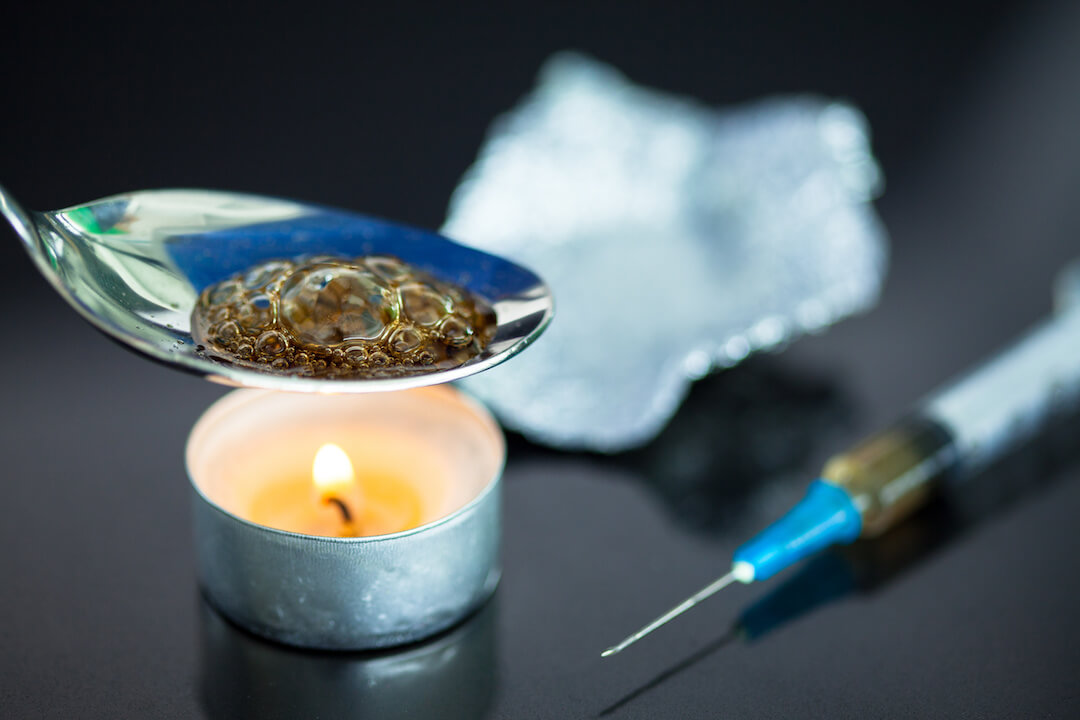When it comes to heroin addiction treatment, one of the best resources is medication-assisted therapy (MAT). Because withdrawal can be so uncomfortable, many would rather keep using heroin than detox. But, when medications are used to help minimize those symptoms and decrease cravings, relapse and overdose can be prevented.
Some of the medications that may be helpful are:
- Buprenorphine: prevents clients from experiencing withdrawal.
- Naltrexone: both minimizes cravings and prevents euphoric feelings from heroin.
- Suboxone: minimize withdrawal discomfort and stops a user from feeling pleasure when using heroin.



